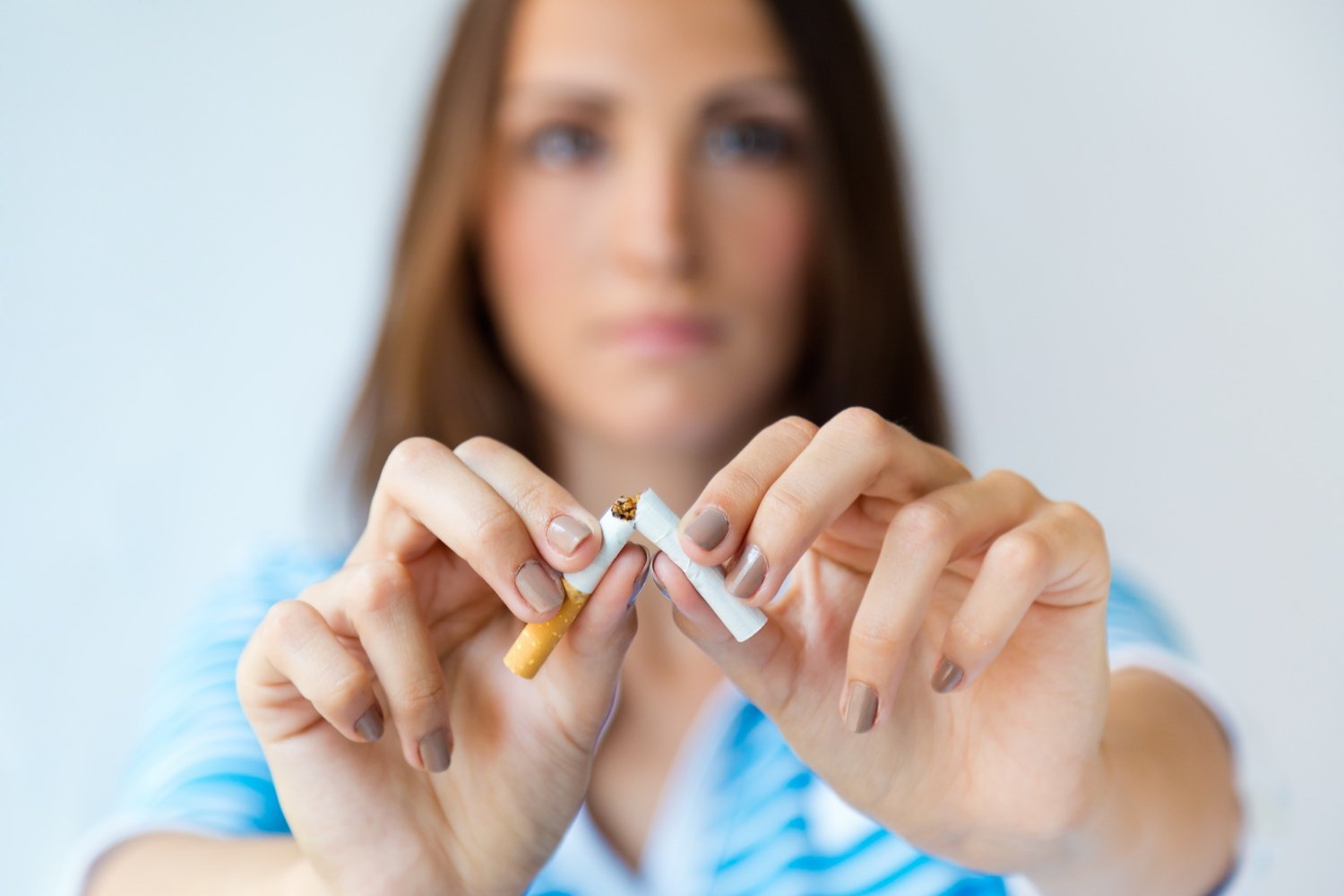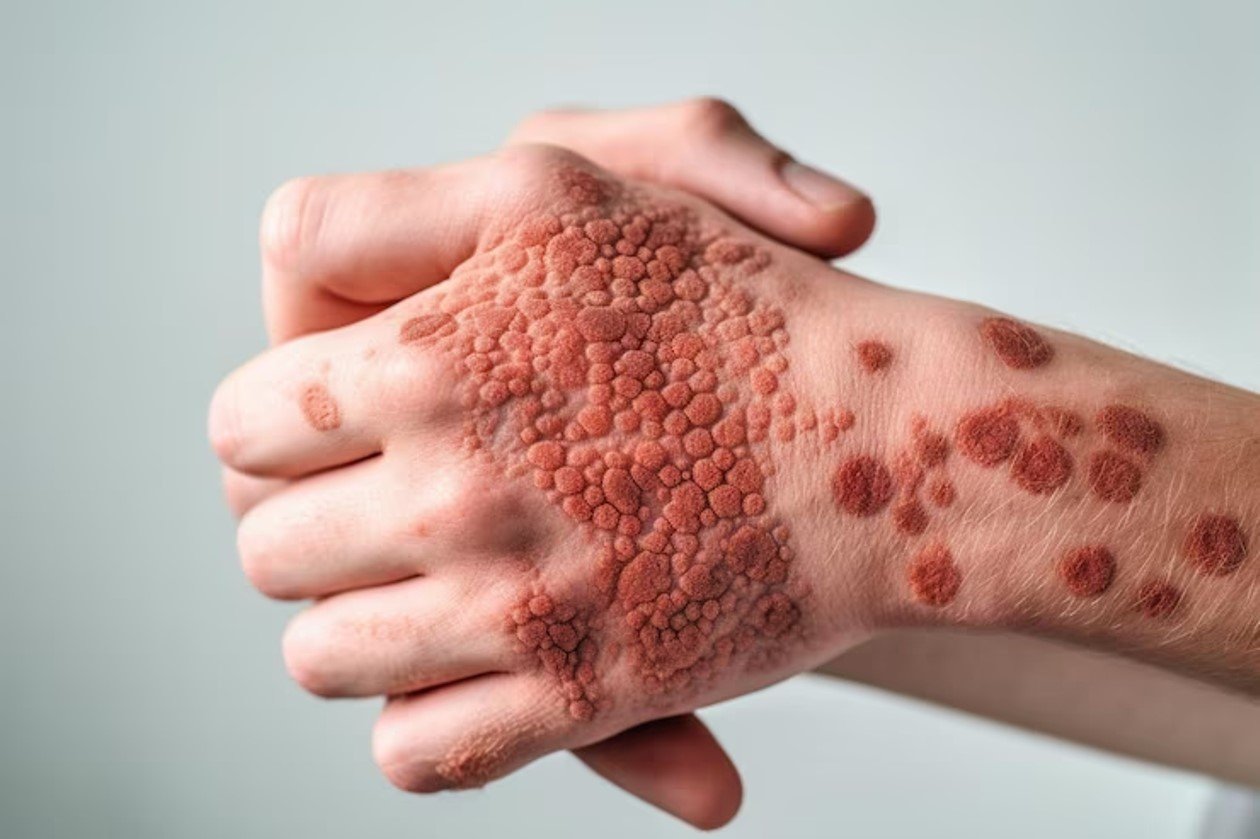Smoking and Cancer: Risks and Effects in 2023

Do you know Smoking and Cancer: Risks and Effects in 2023? Smoking is a habit that has been around for centuries, and while the number of smokers has decreased over the years, there are still many people who continue to smoke. Unfortunately, smoking comes with a number of serious health risks, including cancer. In this article, we will explore the various types of cancer associated with smoking, the risks and effects of smoking, and the ways in which people can quit smoking and reduce their risk of developing cancer.
Smoking is one of the leading causes of preventable death worldwide. It is estimated that smoking is responsible for approximately 1 in 3 cancer deaths in the United States alone. The link between smoking and cancer has been well established, and the risks associated with smoking are well documented. Despite this, many people continue to smoke and put themselves at risk for a variety of health problems, including cancer. In this article, we will explore the risks and effects of smoking on cancer in 2023 and provide tips for reducing your risk of developing cancer.
Read More: More Evidence That Lung Cancer Screening Affects Survival Rates
Contents
Types of Cancer Associated with Smoking
Smoking is responsible for many types of cancer, including lung, mouth, throat, larynx, esophagus, pancreas, bladder, kidney, and cervix cancer. It is estimated that smoking is responsible for 1 in 3 cancer deaths in the United States.
Lung Cancer

Lung cancer is the most common type of cancer associated with smoking. It occurs when cells in the lungs mutate and grow uncontrollably. Symptoms of lung cancer include coughing, chest pain, shortness of breath, and weight loss. Treatment options for lung cancer include surgery, radiation therapy, and chemotherapy.
Other Types of Cancer
In addition to lung cancer, smoking can also increase the risk of developing other types of cancer. These include mouth, throat, larynx, esophagus, pancreas, bladder, kidney, and cervix cancer. The risk of developing these types of cancer increases with the number of cigarettes smoked and the duration of smoking.
Risks of Smoking

Smoking comes with a number of serious health risks, including cancer. In addition to cancer, smoking can also lead to heart disease, stroke, lung diseases, diabetes, and chronic obstructive pulmonary disease (COPD). Smoking can also harm the reproductive system, leading to fertility issues and complications during pregnancy.
Effects of Smoking on the Body
Smoking can have a number of negative effects on the body. It can cause damage to the lungs, leading to coughing, wheezing, and shortness of breath. Smoking can also lead to reduced lung function and can make it more difficult to exercise. In addition, smoking can lead to premature aging, including wrinkles and age spots.
Secondhand Smoke
Secondhand smoke is the smoke that is exhaled by a smoker or that comes from the burning end of a cigarette, cigar, or pipe. Secondhand smoke can be just as harmful as smoking and can increase the risk of lung cancer, heart disease, and other health problems.
Quitting Smoking

Quitting smoking is one of the most important steps a person can take to reduce their risk of developing cancer and other health problems. There are a number of smoking cessation products available, including nicotine replacement therapy (NRT), such as gum or patches, and prescription medications. Support groups and counseling can also be helpful for those trying to quit smoking.
Lifestyle Changes
In addition to quitting smoking, making certain lifestyle changes can also help reduce the risk of developing cancer. Eating a healthy diet, exercising regularly, and avoiding exposure to harmful chemicals can all help reduce the risk of cancer.
How to Reduce Your Risk of Developing Cancer

Reducing your risk of developing cancer is an important step in maintaining good health. In addition to quitting smoking and making lifestyle changes, there are other steps you can take to reduce your risk of cancer. These include:
Avoiding Exposure to Harmful Chemicals
Exposure to certain chemicals can increase the risk of cancer. These include asbestos, benzene, and polychlorinated biphenyls (PCBs). If you work in an industry that uses these chemicals, it is important to take appropriate safety precautions to avoid exposure.
Protecting Your Skin
Exposure to ultraviolet (UV) radiation from the sun can increase the risk of skin cancer. To protect your skin, wear protective clothing and use sunscreen with a high SPF.
Getting Screened
Regular cancer screenings can help detect cancer early when it is more treatable. Talk to your doctor about which screenings are right for you.
Getting Vaccinated
Certain vaccines, such as the HPV vaccine, can help reduce the risk of cancer. Talk to your doctor about which vaccines are right for you.
Conclusion
The risks and effects of smoking on cancer are well documented, and quitting smoking is one of the most effective ways to reduce your risk of developing cancer. However, smoking is not the only risk factor for cancer, and there are other steps you can take to reduce your risk, such as avoiding exposure to harmful chemicals, protecting your skin from UV radiation, getting regular cancer screenings, and getting vaccinated. By making lifestyle changes and taking appropriate precautions, you can reduce your risk of cancer and improve your overall health.
Read More: Link Between Sleep and Lung Cancer
FAQs
What is the best way to quit smoking?
The best way to quit smoking depends on the individual. There are a number of smoking cessation products available, including nicotine replacement therapy (NRT) and prescription medications. Support groups and counseling can also be helpful.
Can secondhand smoke increase the risk of cancer?
Yes, secondhand smoke can increase the risk of lung cancer, heart disease, and other health problems.
What are some lifestyle changes that can help reduce the risk of cancer?
Eating a healthy diet, exercising regularly, and avoiding exposure to harmful chemicals can all help reduce the risk of cancer.
What types of cancer are associated with smoking?
Smoking is associated with many types of cancer, including lung, mouth, throat, larynx, esophagus, pancreas, bladder, kidney, and cervix cancer.
Can regular cancer screenings help detect cancer early?
Yes, regular cancer screenings can help detect cancer early, when it is more treatable. Talk to your doctor about which screenings are right for you.







